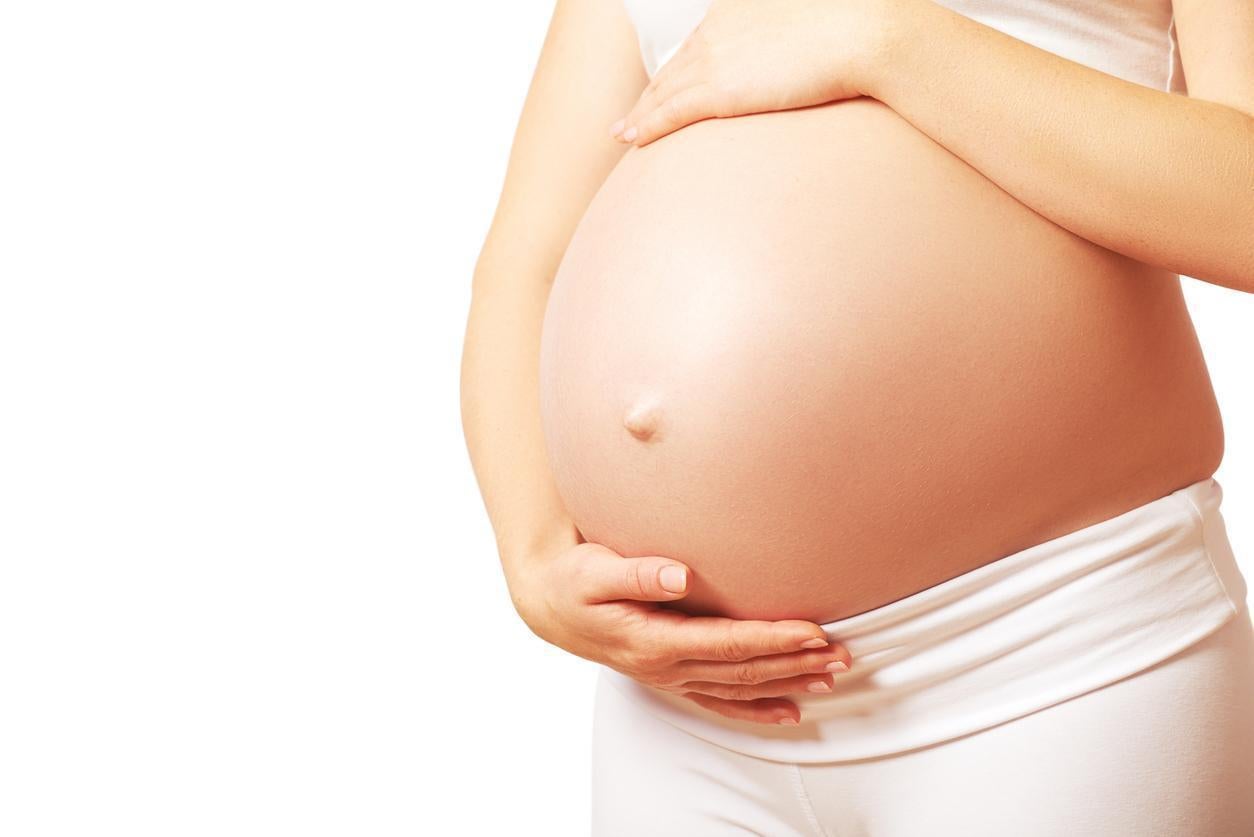Women having fewer children than at any time in history, statistics show
Average family sizes have been decreasing in England and Wales since the 1930s according to the numbers published by the Office for National Statistics

Your support helps us to tell the story
From reproductive rights to climate change to Big Tech, The Independent is on the ground when the story is developing. Whether it's investigating the financials of Elon Musk's pro-Trump PAC or producing our latest documentary, 'The A Word', which shines a light on the American women fighting for reproductive rights, we know how important it is to parse out the facts from the messaging.
At such a critical moment in US history, we need reporters on the ground. Your donation allows us to keep sending journalists to speak to both sides of the story.
The Independent is trusted by Americans across the entire political spectrum. And unlike many other quality news outlets, we choose not to lock Americans out of our reporting and analysis with paywalls. We believe quality journalism should be available to everyone, paid for by those who can afford it.
Your support makes all the difference.The number of children a woman is likely to have while of childbearing age has fallen to the lowest level on record.
Women who turned 45 in 2016 had an average of 1.90 children, down from 2.21 for their mothers’ generation.
Teenage motherhood is also dropping, with just 6 per cent of women having had at least one child before their 20th birthday.
The figures, from the Office for National Statistics (ONS), show that the average size of families in England and Wales peaked for women born in 1935 and has been falling since.
The ONS said the figures, collected from birth registration data going back to the 1930s, defined 45 as the age by which most women had stopped having children.
Emily Knipe, from the ONS population statistics division, said childlessness was “one of the main drivers” of falling family sizes by the time women reached the end of their childbearing lives.
But ONS spokesman Richard Miles said there were likely to be many reasons why women appeared to be having fewer children overall.
He said: “It’s fair to say that we have seen a trend of smaller families overall, but there are a lot of contributing factors to that.
“Education is a good example, and also continuing to work, so that all fits in with the trend.”
In total, 18 per cent of women born in 1971 had no children at all, compared with 11 per cent of women in their mother’s generation.
The research also showed a continuing downward trend in the rate of teenage motherhood, with just 6 per cent of women born in 1996 having at least one child before their 20th birthday, matching rates seen among women born in the 1920s.
Only about one in 10 women who reached the age of 45 in 2016 had four or more children, compared with about one in eight for women born in 1944.
Women born in the 1960s onwards also had fewer children by the time they were 30 than the generations before them.
Overall, women born in 1971 were shown to have had 1.06 children on average by their 30th birthday, compared with 1.8 children for their mothers’ generation.
This reflected a general trend in postponing having children to an older age, the ONS said.
Press Association
Join our commenting forum
Join thought-provoking conversations, follow other Independent readers and see their replies
Comments